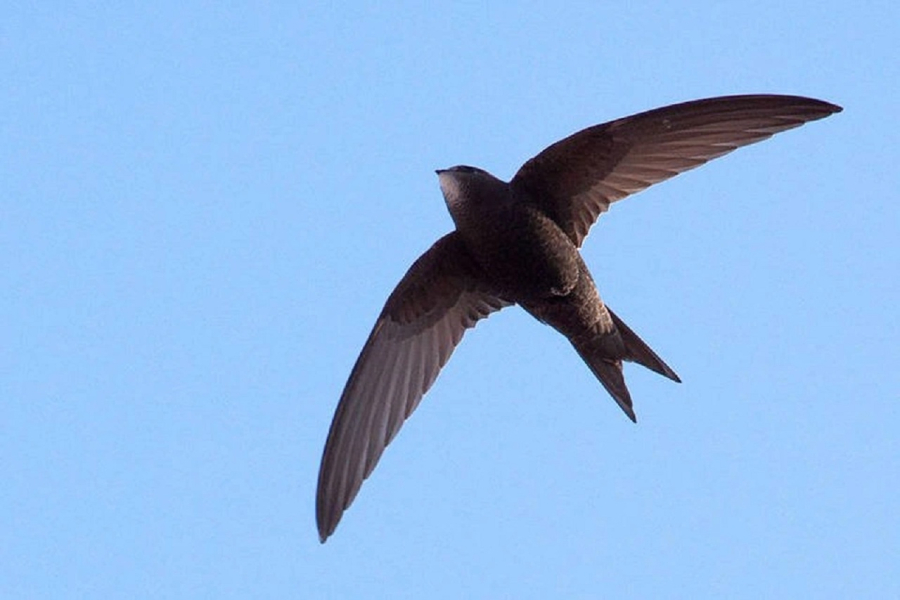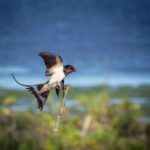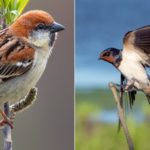Swallows are capable of continuous flight without landing
Researchers at Lund University in Sweden attached trackers to the bodies of 13 swallows to record their flight paths over a period of 2 years.
They found that 3 of them did not land for 10 consecutive months. They only rest for about 2 months during the breeding season and then continue to soar in the sky. The remaining birds have very short landing times.

The researchers noticed that the swallows mentioned above molted in the sky. They grew new tail feathers and wing feathers while flying.
“This 10-month flight is the longest recorded flight time for any bird species”, said Anders Hedenstrom, a member of the research team.
So why can swallows fly for months without landing? If you observe closely, you will see that the size of their wings is much larger than their bodies. This feature helps swallows generate greater lift while flying, reaching speeds of hundreds of kilometers per hour.
Swallows can fly continuously in the sky thanks to their unique feeding habits. They can directly hunt insects during flight by detecting the prey and snapping it up with their mouths. As a result, they can continuously replenish energy in the sky without the need to land.
In fact, these birds only need to skim the water surface with their mouths to drink water, without having to touch the banks of the streams or any other water source like other bird species.
Another remarkable thing is that these birds can complete their reproductive tasks in the air. The mating of swallows is done through a cloacal kiss; they can easily position themselves to mate while flying. This unique mating method is called “cloacal kiss”.
Thanks to their excellent flying ability and the ability to perform all activities in the air, swallows do not need to rest much. This explains why swallows can fly for months without landing.
Little-known facts about swallows
Known as “legless” birds
– Although they have the ability to fly extremely fast, the weakness of swallows lies in their extremely weak and underdeveloped legs, making it almost impossible for them to perch on power lines or antennas like many other bird species. In addition, the name Apodidae (legless) also speaks for the identifying feature of this bird species.

Record for the fastest bird species
– Results from a recent survey of over 80 different species showed that swallows are one of the fastest flying bird species in the world, with a maximum flight speed of up to 130-160 km/h. Despite having narrow wings, they are curved and can continuously glide and soar in the air for hours without resting.
Difficult to nurture and harvest
– Although swallows are currently commonly raised and sold as bird’s nest products everywhere, harvesting and nurturing them effectively is not easy. Their extremely sensitive nature and easily anxious state can cause swallows to panic, fly aimlessly, and crash into rocks, resulting in death.
Short breeding cycle
– From the time swallows start building nests until the young can fly, it takes about 115-132 days. Therefore, in one year, a pair of swallows can build nests about 2-3 times.
Swallows’ most feared creatures
– Swifts, merlins, red ants, cockroaches, termites, spiders, mice, and lizards are the creatures that swallows fear the most. Be sure to use tools to eliminate and prevent the appearance of these unwanted “guests” in swallow houses if you do not want the number of swallows to significantly decrease.






































